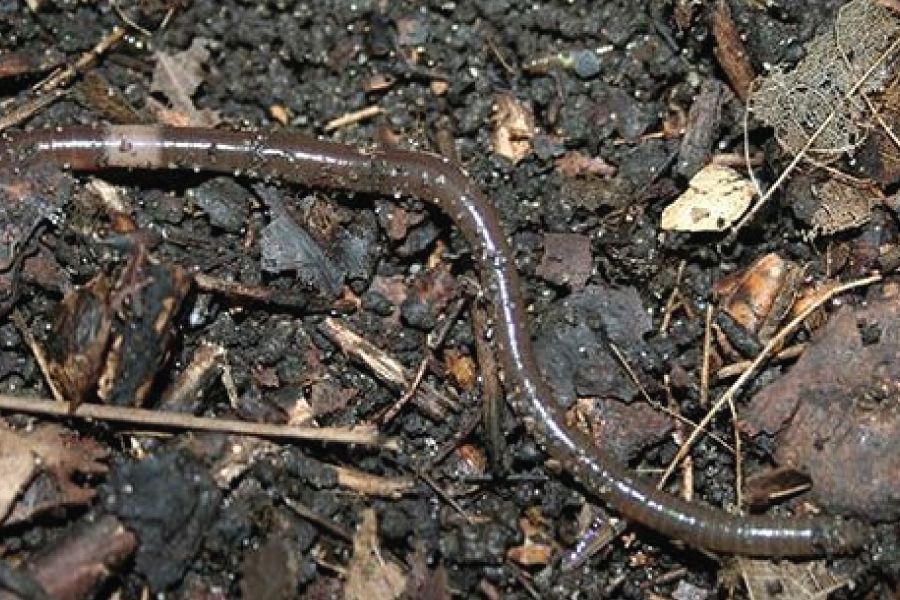They look like they came out of a “B” movie but this is no silly situation.
Another invasive continues to wreak havoc in our environment. A little background first. Earthworms, including jumping worms, are not native to Minnesota. None of them.
Native to Asia, jumping worms have been confirmed in areas of Minnesota since 2006, mainly in the Twin Cities and western suburbs and in Rochester. It’s believed that they were spread throughout North America by people moving potted plants, soil, compost, mulch and fishing bait.
Note: Gertens statement on our products here.
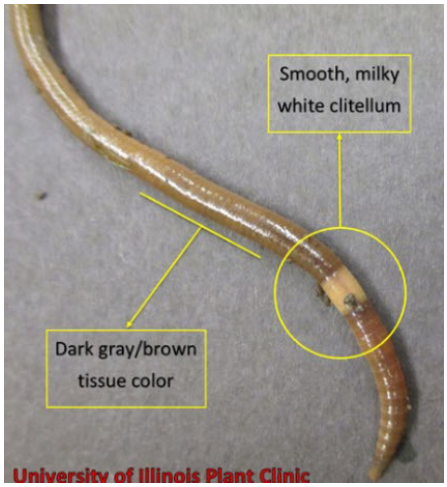
That circled area is the band around this fella.
Jumping worms eat their way through the plant litter on forest floors at a much faster rate than other worms. Forest floor leaf litter is comparable to the skin on an animal. It retains moisture, protects roots, breathes, prevents erosion, deters pathogens and non-native plants and promotes seed germination. When leaf litter is consumed by earthworms it’s like removing the skin of the forest floor. This exposes the soil and causes erosion, compaction and increased rainwater runoff which also means invasive plants can sneak in, beginning a cycle of non–native invasions competing for critical resources. The result is less diversity of native plants and animals in our forests.
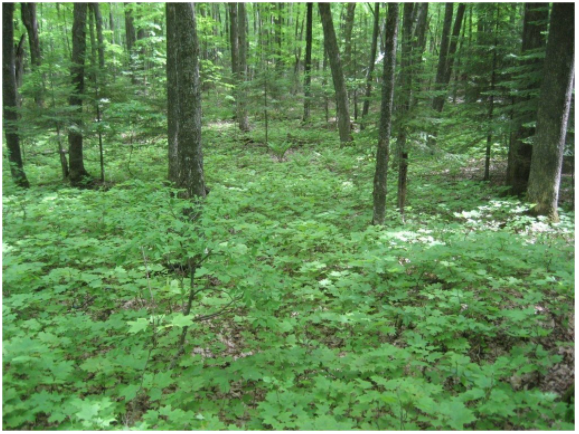
A forest without earthworms has a rich understory of herbaceous plants, tree seedlings, and shrubs, and a thick, spongy leaf litter layer. (Photo by Scott Loss)
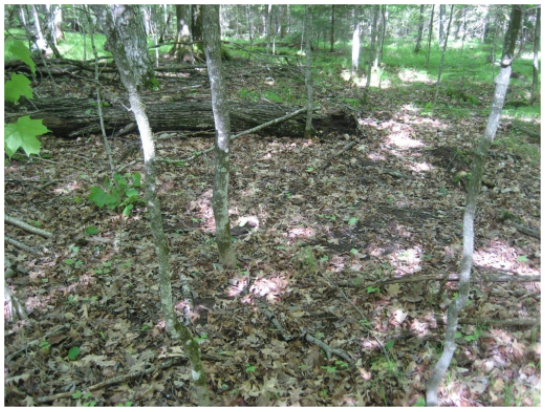
A forest experiencing heavy earthworm invasion often has few remaining herbaceous plants and seedlings, no intact litter layer, and extensive patches of bare soil. (Photo by Scott Loss)
In the home garden, they also wreak soil, leaving it dry and grainy while also harming plants and turf. Jumping worms are darker than earthworms (as noted in the photo above) and have a distinctive white or grey band around their body. When disturbed, they thrash violently, slither like snakes and even jump. (EEK ????)
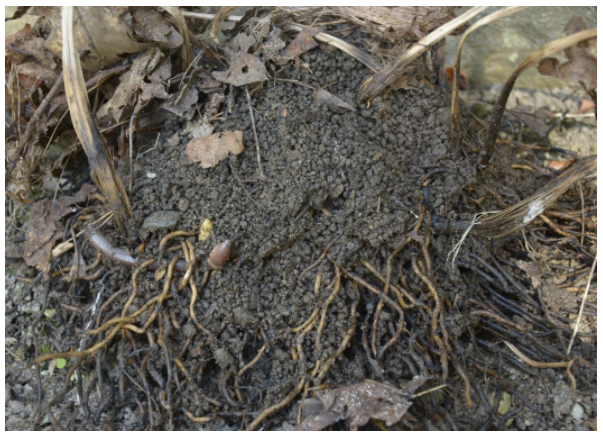
Jumping worms change the soil and make it look like coffee grounds. Photo credit: Josef Gorres, University of Vermont
These worms mature in about 2 months and are asexual allowing them to procreate all on their own! They drop cocoons in the soil where it can overwinter.
So here are some precautions you can take:
- Anglers should dispose of any unwanted bait in the trash. But make sure they’re dead first!
- Gardeners, keep an eye out if you’ve purchased new mulch (check Gertens info on this). The link to our statement is above.
- If you swap plants with friends, very carefully check them over. If they have worms, kill and dispose in the trash.
- If you’ve been traipsing in mud or forest floor areas, check your shoes!
Welcome to your “B” movie from Wisconsin!
Find the video here:
Jumping at the chance to share info,

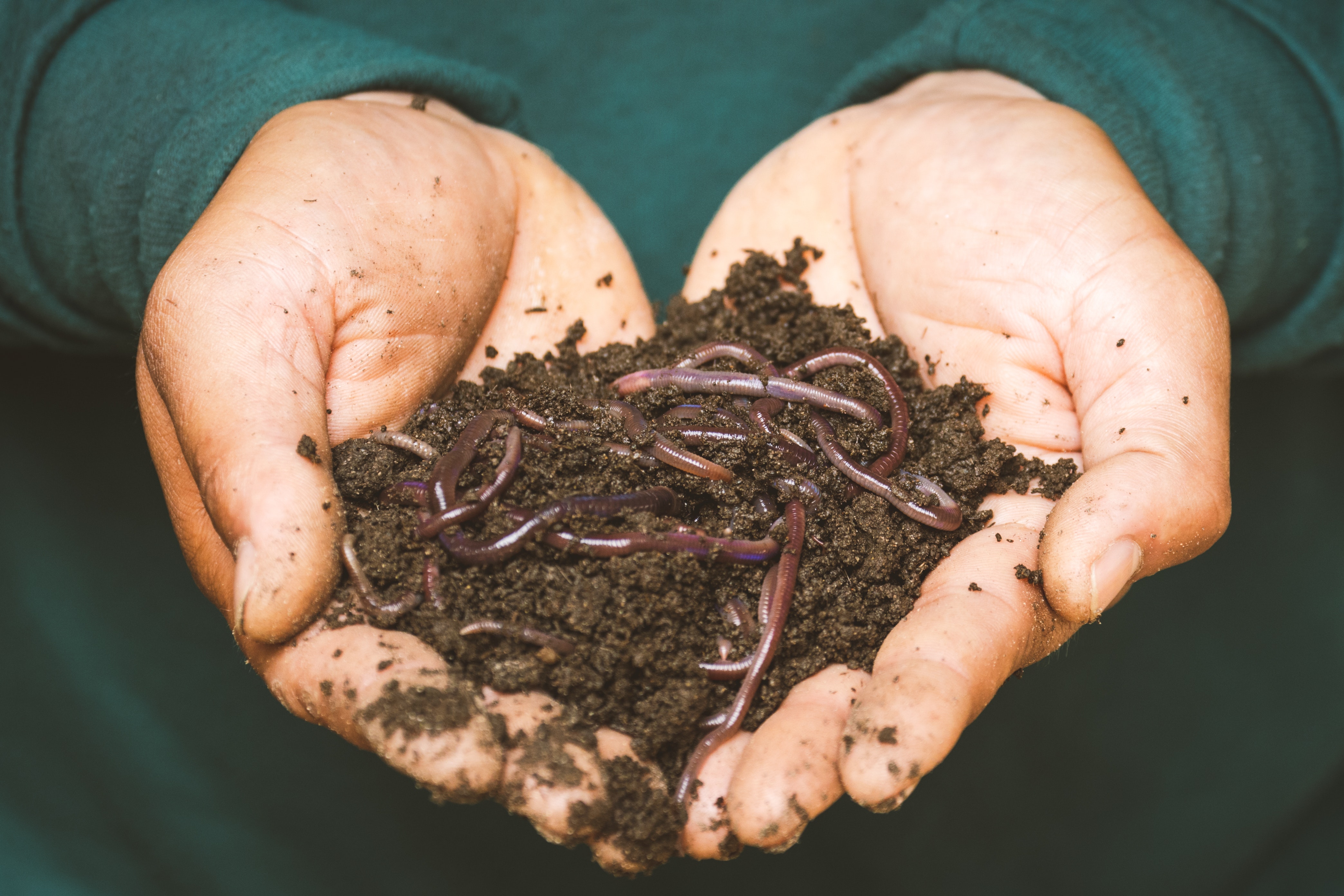
Photo by Sippakorn Yamkasikorn from Pexels

